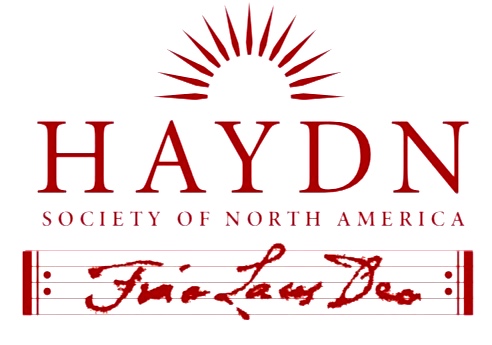
Document Type
Article
Abstract
The predominance of major-mode works in the repertoire corresponds with the view that minor-mode works are exceptions to a major-mode norm. For example, Charles Rosen’s Sonata Forms, James Hepokoski and Warren Darcy’s Sonata Theory, and William Caplin’s Classical Form all theorize from the perspective of a major-mode default. Although certain canonical minor-mode works have received sustained scholarly attention, minor-mode sonata style in general is less often studied. Despite their relatively fewer numbers, minor-mode works comprise a substantial corpus. Among the string quartets of Joseph Haydn, the minor mode is represented in every opus beginning with Op. 9; even Haydn’s last unfinished quartet, “Op. 103,” was to be in the minor.
The minor-mode sonata corpus is ample enough to make general study possible, but small enough to make comprehensive surveys manageable. This study is a comprehensive survey of Haydn’s minor-mode sonata-form movements in the string quartets, with particular emphasis on the first movements of the final three quartets: Op. 64 no. 2, Op. 74 no. 3, and Op. 76 no. 2. These movements exemplify (1) general compositional strategies common in the minor mode but not found in the major, as well as (2) idiosyncratic approaches to common, specifically minor-mode compositional problems. Study of the slow movements and finales of Opp. 64, 71/74, and 77 as well as minor movements from earlier opera provides context and points of comparison. The concept of “dynamic form” frames the analyses.
Recommended Citation
Hall, Matthew J.
(2019)
"Minor-Mode Sonata-Form Dynamics in Haydn's String Quartets,"
HAYDN: Online Journal of the Haydn Society of North America: Vol. 9, Article 2.
Available at:
https://remix.berklee.edu/haydn-journal/vol9/iss1/2
© Haydn Society of North America ; Boston: Berklee Library, 2019. Duplication without the express permission of the author and/or the Haydn Society of North America is prohibited.


